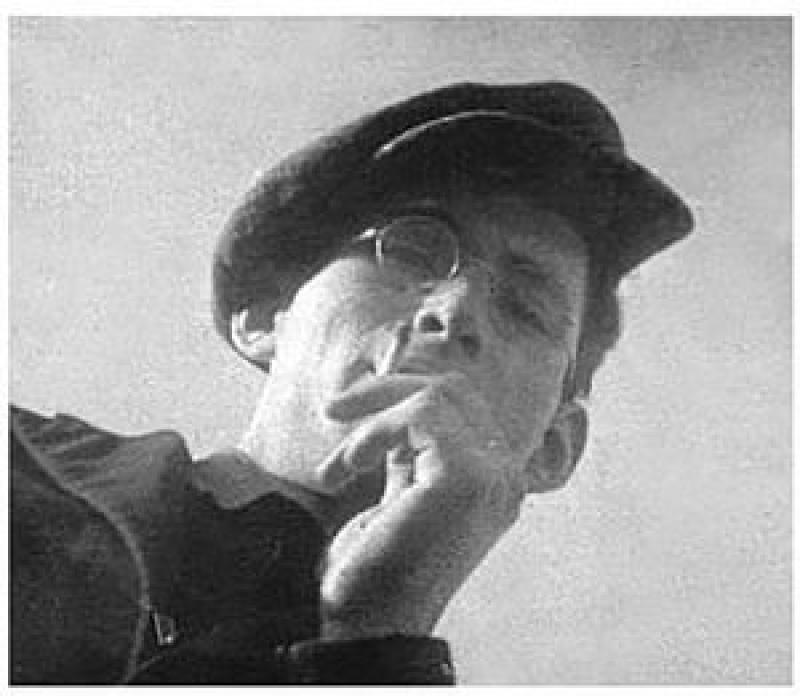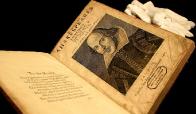'Sleeper Agent' Review: From Moscow to Oak Ridge
By: Ronald Radosh (WSJ)



Many Americans are familiar with the names of the Soviet assets Alger Hiss, Klaus Fuchs, and Julius and Ethel Rosenberg. Few, however, have heard of George Koval, a devastatingly effective atomic spy during World War II who walked away from his exploits completely undetected by U.S. intelligence. Now writer Ann Hagedorn has told his story in "Sleeper Agent" (Simon & Schuster, 272 pages, $28), a historical page-turner of the highest order.
In the fall of 1944, she writes, Koval, a 30-year-old American electrical engineer, could be found driving his U.S. Army jeep daily around the site of the Manhattan Project labs in Oak Ridge, Tenn. There and later in Dayton, Ohio, Koval, who five years earlier had been recruited by Soviet intelligence, obtained data from top-secret research facilities that would help to produce the enriched plutonium used in the first Russian A-bomb, detonated in August 1949.
Koval's father, Abram Koval, was a Russian Jew who had fled the pogroms of 1910 and ended up in Sioux City, Iowa, a location chosen for him by a Jewish settlement organization. Soon Ethel Shenitsky also arrived in Sioux City, and she and Abram married in June 1911. Their son George was born on Dec. 25, 1913.
After 1919-20, the year of the Red Scare, many Americans viewed Jews as Bolsheviks, which inflamed the very anti-Semitism the Kovals had faced in Russia. Jewish emigration from Europe ground to a halt with the 1924 immigration law, and in Iowa the racist, anti-Catholic and anti-Semitic Ku Klux Klan grew to more than 40,000 members. Despite this, young George grew up a thriving all-American. A top student, he graduated from high school at age 15 and in 1929 moved to Iowa City to obtain a degree at the state university's school of engineering. But after the Great Crash, George, disillusioned by capitalism, became active in the Young Communist movement, beginning a lifetime commitment to the Soviet experiment.
Abram Koval now wished to leave America and return to the home he had fled. Like other immigrant Jews, he'd heard about the creation of a Jewish autonomous region in the Soviet Far East called Birobidzhan. In May 1932, he left with his entire family, believing in the bright Jewish future the communists would build.
Young George enrolled in the first-rate Mendeleev Institute in Moscow, seeking a degree in chemistry. In 1939 he was recruited by Soviet military intelligence, the GRU, to work as a spy in America. As a later American acquaintance of Koval’s once remarked, George “played baseball and played it well. He didn’t have a Russian accent. He spoke fluent English, American English. His credentials were perfect.”
As far as U.S. authorities knew, George Koval had never left the States. In 1932, when the family went to Russia, only his father had been required to have a passport. Upon returning to America in 1940, George registered for the draft. He enrolled at Columbia University in 1941, where his studies in chemistry put him directly in touch with physicists who were building a cyclotron that would produce a uranium chain reaction.
In New York he met Arthur Adams, his Swedish-born Soviet handler. The FBI was aware of Adams and conducted a raid on his hotel room, where they found, among other incriminating evidence, notes on experiments being conducted at Oak Ridge. Although they had enough to arrest him, prosecution was impossible because, as the head of Manhattan Project security later explained, it would bring the Project into the open.
When Koval joined the U.S. Army, his high scores on technical tests placed him in a unit that put its members in universities for advanced training. Koval was enrolled in the City College of New York to study electrical engineering. The army assigned him to its Special Engineer Detachment and sent him to Oak Ridge to help the scientists there.
Koval, who enjoyed top security clearance, gave Adams details about Oak Ridge’s layout, organization, and personnel, and described its work producing uranium-235 for the Manhattan Project labs in Los Alamos, N.M. In 1945, after a year in Tennessee, he was transferred to Dayton, Ohio, where the U.S. secretly built large facilities to produce and purify plutonium.
Koval was discharged from the army on Feb. 12, 1946. The early days of the Cold War made it clear that the wartime cooperation of the Soviet Union and the United States would soon come to an end. Koval knew that if he stayed in America the FBI would one day come across evidence of his early involvement in the U.S. Communist Party or find letters he had sent to relatives during his eight years in Russia. He got a U.S. passport, which he said was necessary for his work at anew company that sought European markets. In the autumn of 1948, Koval suddenly disappeared. Ironically, Koval arrived in Moscow just as Stalin was beginning his anti-Semitic purge. His family, having fled Russia to avoid pogroms in the Czarist era, now saw its revival in Stalin’s Soviet Union.
Koval managed to escape the persecution of Soviet Jews via GRU intervention that kept him safe. He was given a professorship at the Mendeleev Institute, which he held until his retirement 30 years later. But Koval pressed his luck when, in 1999, he had the chutzpah to inquire at the U.S. Embassy if he could apply for Social Security benefits. When the GRU learned of it, it increased his pension, awarded him a pin, and authorized a book to be published in Russian about his and his fellow agents’ contributions to the Soviet atomic program.
On Nov. 2, 2007, a year after Koval’s death at the age of 92, Vladimir Putin posthumously named Koval a Hero of the Russian Federation. Koval, Mr. Putin announced, was “the only Soviet intelligence officer to penetrate the U.S. secret atomic facilities” in Oak Ridge and Dayton.
Mr. Radosh is co-author, with Joyce Milton, of “The Rosenberg File,” and, with Harvey Klehr, of “The Amerasia Spy Case.”



